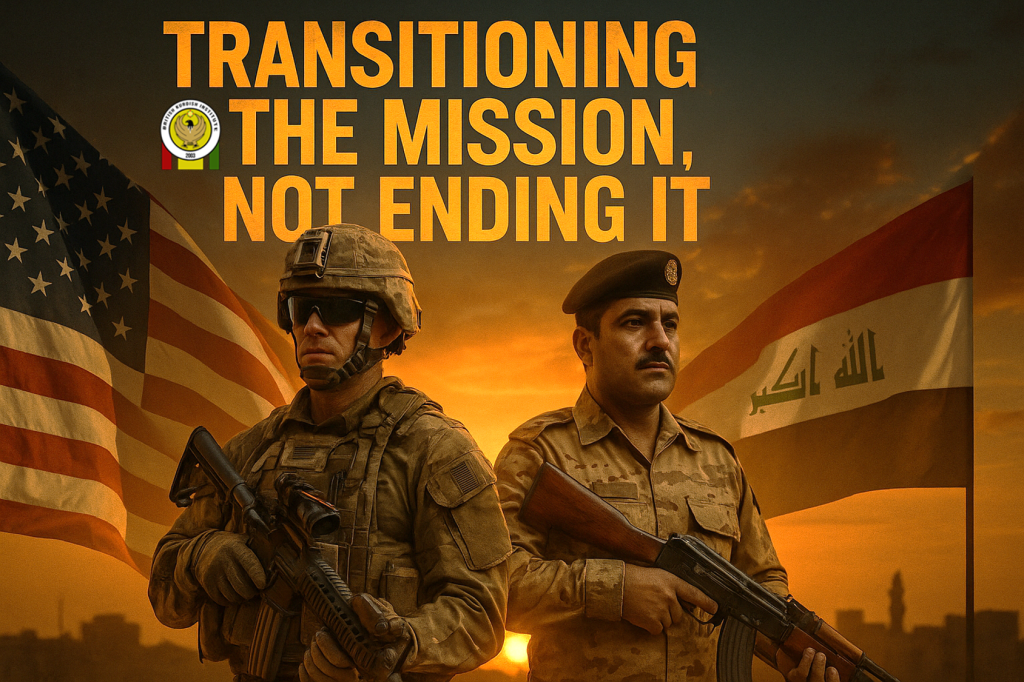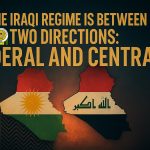The security relationship between the United States and Iraq is entering a new phase. Rather than a retreat, this shift represents a deliberate realignment from coalition-led missions to a bilateral security partnership. While Operation Inherent Resolve is set to formally conclude in 2025, a phased drawdown through 2026 will still ensure a limited but critical U.S. presence in Iraq, focused on training, intelligence, and counterterrorism.
Transitioning the Mission, Not Ending It
In 2024, Washington and Baghdad reached an agreement to formally end Operation Inherent Resolve by September 2025. This decision does not mark a U.S. withdrawal from Iraq but instead a strategic transition. The move shifts responsibility from multinational coalition operations to a direct U.S.–Iraq framework, emphasizing:
-
Joint training programs
-
Intelligence sharing
-
Counterterrorism cooperation
The goal is clear: to establish a long-term, sustainable security partnership that strengthens Iraq’s sovereignty while maintaining U.S. strategic influence in the region.
Phased Drawdown Through 2026
After the official conclusion of the coalition mission, U.S. forces will not exit immediately. Instead, the drawdown will be gradual, stretching through late 2026. A limited U.S. military presence will remain, particularly in the Kurdistan region, where advisory roles and counter-ISIS operations are expected to continue.
This measured approach balances the need to reduce troop levels with the reality of ongoing threats from extremist groups.
Regional Dynamics and Security Concerns
The Middle East remains highly volatile. The collapse of the Assad regime in Syria has sent shockwaves through the region, influencing political calculations in Iraq. Some Iraqi factions are now urging caution, warning that a rapid U.S. drawdown could create security vacuums that ISIS may exploit.
This dynamic underscores the delicate balance between symbolic political moves and the practical need for regional stability and security.
Domestic Politics: Iraq and the U.S. Congress
Inside Iraq, Prime Minister Mohammed Shia al-Sudani faces pressure from both sides. On one hand, he values cooperation with the U.S.; on the other, he must manage Iran-aligned political factions that oppose an extended American presence. His recent statements stress that once the coalition mission ends, armed non-state groups will have no justification to continue operating—signaling his intent to restore state authority and reduce militia influence.
Meanwhile, in Washington, bipartisan lawmakers introduced the “Free Iraq from Iran Act.” This legislation seeks to limit the influence of Iran-backed militias by conditioning U.S. security assistance on Iraq’s progress in dismantling those groups. The bill reflects Washington’s evolving strategy: reshaping, not abandoning, America’s role in Iraq.
Conclusion: A Strategic Realignment for the Future
The U.S. is not leaving Iraq—it is reshaping its mission. The coming years will see a carefully phased transition from coalition-led operations to a direct, bilateral partnership. While troop numbers will decline, the U.S. presence will remain vital in supporting Iraq’s fight against terrorism and ensuring regional stability.
In a time of shifting alliances and persistent security threats, both Washington and Baghdad appear committed to strengthening—not weakening—their strategic partnership.









